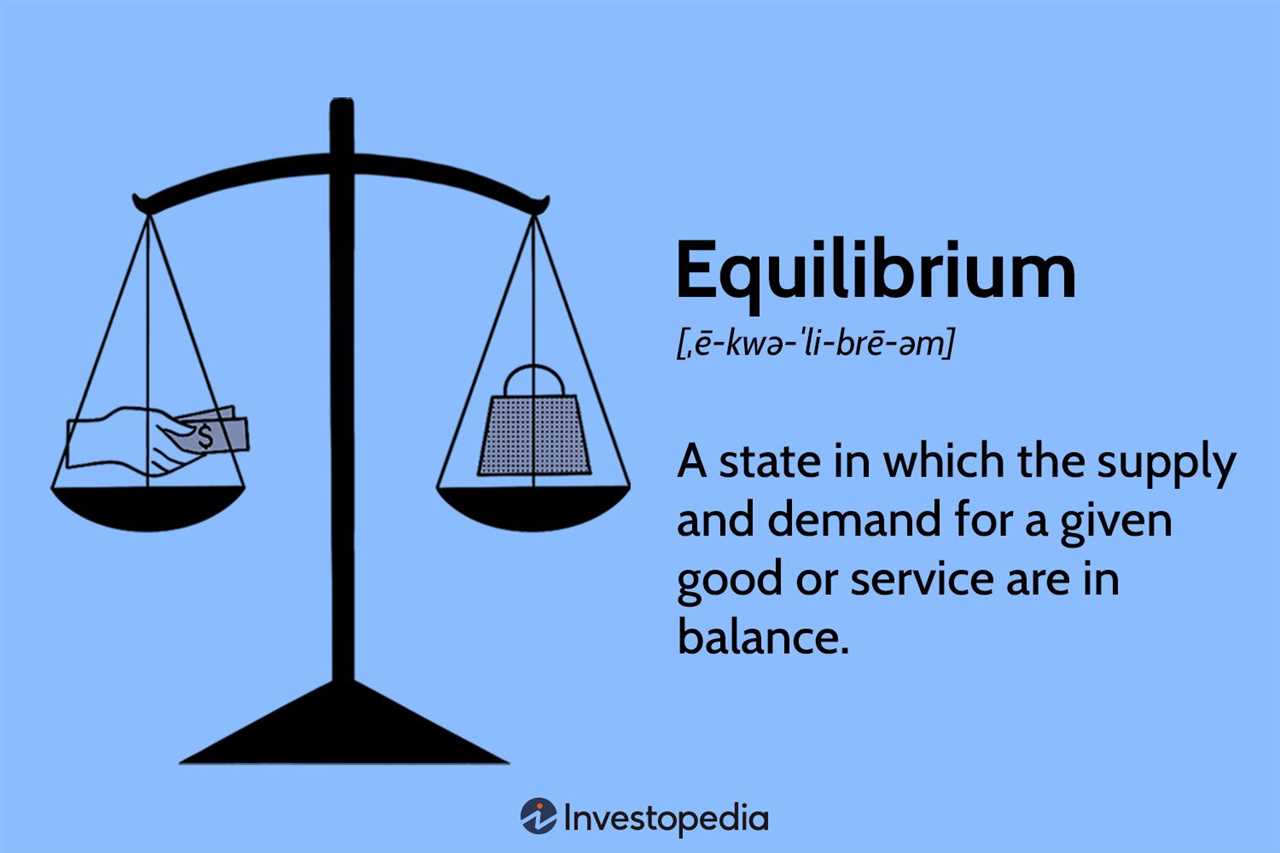Lindahl Equilibrium: Exploring Definition, Conditions, and Example
Definition of Lindahl Equilibrium
Unlike traditional market equilibrium, where prices are determined by supply and demand, Lindahl Equilibrium focuses on the determination of individual contributions to public goods based on their preferences. It aims to achieve efficiency by aligning individual valuations with the allocation of resources.
Conditions for Lindahl Equilibrium
To achieve Lindahl Equilibrium, certain conditions must be met:
- Voluntary Participation: Individuals must willingly participate in contributing to the financing of public goods.
- Individual Valuation: Each individual must accurately express their marginal valuation of public goods.
- Sum of Contributions: The sum of individual contributions must be sufficient to finance the provision of public goods.
- No Free-Riders: Free-riding, where individuals benefit from public goods without contributing, should be minimized.
These conditions ensure that the allocation of public goods is based on individual preferences and that the financing is sufficient to cover the costs.
Example of Lindahl Equilibrium
Let’s consider a simple example to illustrate Lindahl Equilibrium. Suppose there are three individuals, A, B, and C, and a public good, X, that costs $100 to provide. Each individual’s marginal valuation of the public good is as follows:
- Individual A: $50
- Individual B: $30
- Individual C: $20
Individual A would contribute 50% of the total cost ($50), individual B would contribute 30% ($30), and individual C would contribute 20% ($20). This distribution of contributions aligns with the individual valuations and ensures the efficient provision of the public good.
Definition of Lindahl Equilibrium
Lindahl Equilibrium is a concept in economics that refers to a situation where individuals voluntarily contribute to public goods based on their individual preferences and ability to pay. It is named after Erik Lindahl, a Swedish economist who first proposed the concept in the 1920s.
In a Lindahl Equilibrium, the provision of public goods is determined by the sum of individual contributions. Each individual is assigned a specific share of the cost of providing the public goods, which is based on their willingness to pay. This ensures that the total cost of providing the public goods is covered.
Key Features of Lindahl Equilibrium
- Voluntary Contributions: In a Lindahl Equilibrium, individuals voluntarily contribute to the provision of public goods. This means that there is no coercion or force involved in the contributions.
- Individual Preferences: The contributions made by individuals are based on their individual preferences for the public goods. Each individual determines how much they are willing to pay for the public goods based on the benefits they expect to receive.
- Ability to Pay: The contributions are also based on the individuals’ ability to pay. Those with higher incomes or wealthier individuals may contribute more than those with lower incomes.
- Cost Coverage: The total cost of providing the public goods is covered by the sum of individual contributions. This ensures that the public goods can be provided without relying on government funding or taxation.
Conditions for Lindahl Equilibrium
In order to understand the conditions for a Lindahl equilibrium, we need to first understand what a Lindahl equilibrium is. A Lindahl equilibrium is a concept in economics that seeks to determine the optimal provision of public goods in a society. It is named after the Swedish economist Erik Lindahl.
1. Voluntary Participation
One of the key conditions for a Lindahl equilibrium is voluntary participation. This means that individuals in the society must have the freedom to choose whether or not to participate in the provision of public goods. If participation is not voluntary, it may lead to inefficiencies and unfairness in the allocation of resources.
2. Unanimous Agreement
Another condition for a Lindahl equilibrium is unanimous agreement. This means that all individuals in the society must agree on the provision of public goods and the associated tax rates. If there is disagreement among individuals, it may lead to conflicts and difficulties in reaching an optimal allocation of resources.
3. Cost Sharing
A third condition for a Lindahl equilibrium is cost sharing. This means that the costs of providing public goods should be shared among individuals in a fair and equitable manner. The tax rates should be based on each individual’s ability to pay, taking into account their income and wealth. This ensures that the burden of providing public goods is distributed fairly.
4. Pareto Efficiency

Finally, a Lindahl equilibrium is characterized by Pareto efficiency. This means that the allocation of resources and the provision of public goods cannot be improved without making someone worse off. In other words, it is not possible to reallocate resources in a way that would make one individual better off without making another individual worse off.
Example of Lindahl Equilibrium
In a Lindahl Equilibrium, each resident’s contribution to the public good is determined based on their individual valuations. Let’s say Alice values the bridge at $400, Bob values it at $300, and Charlie values it at $200.
Based on their valuations, the residents can determine their individual contributions. Alice’s contribution would be $44.44 ($400/$900 * $100), Bob’s contribution would be $33.33 ($300/$900 * $100), and Charlie’s contribution would be $22.22 ($200/$900 * $100).
By using personalized prices, the Lindahl Equilibrium ensures that each resident’s contribution is fair and based on their own preferences. This helps to overcome the free-rider problem and encourages individuals to contribute to public goods.
| Resident | Valuation of Bridge | Contribution | Price |
|---|---|---|---|
| Alice | $400 | $44.44 | $44.44 |
| Bob | $300 | $33.33 | $33.33 |
| Charlie | $200 | $22.22 | $22.22 |

Emily Bibb simplifies finance through bestselling books and articles, bridging complex concepts for everyday understanding. Engaging audiences via social media, she shares insights for financial success. Active in seminars and philanthropy, Bibb aims to create a more financially informed society, driven by her passion for empowering others.
